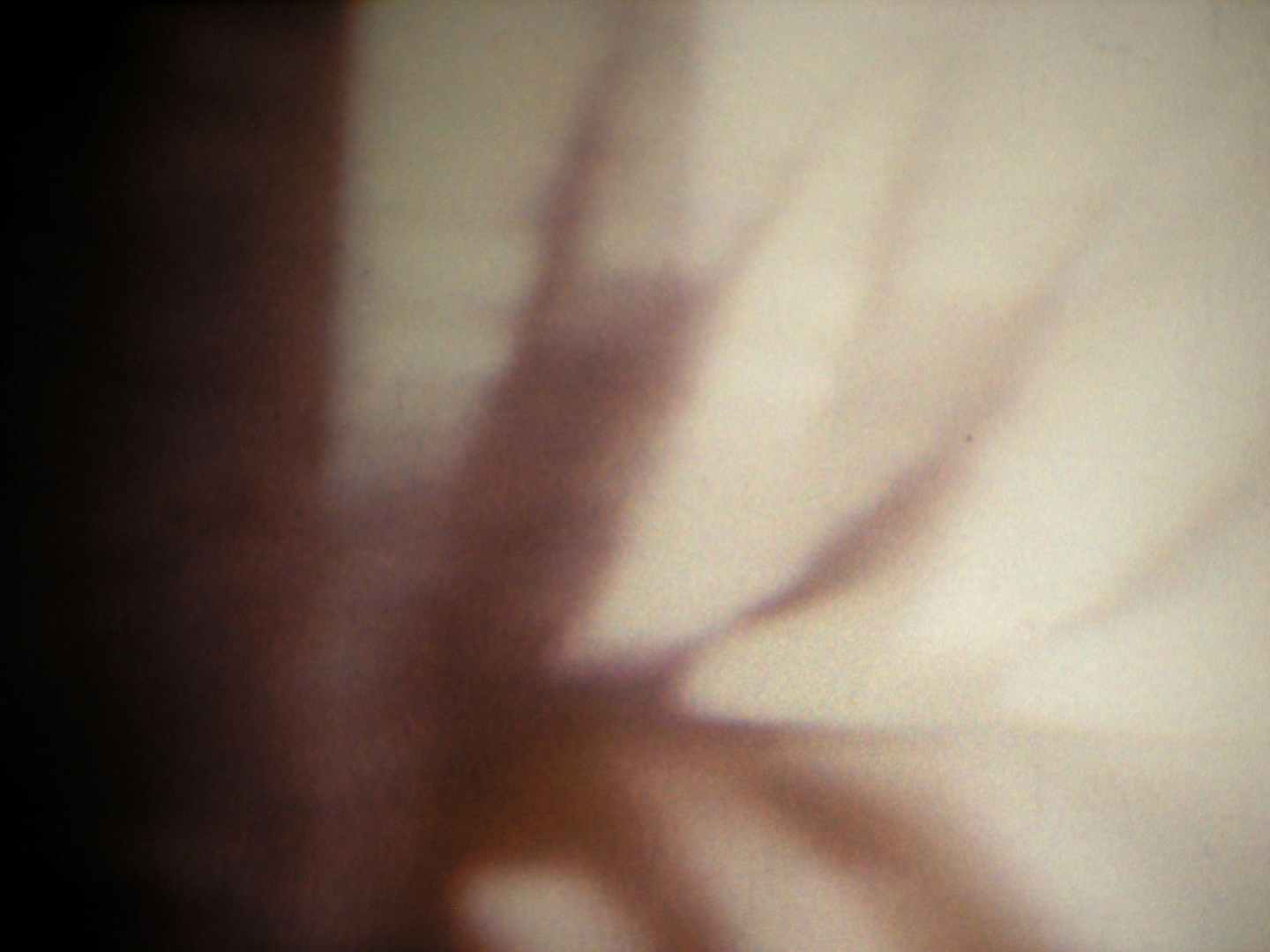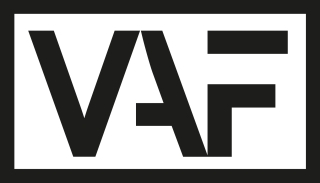Cinema Parenthèse #31
.2021 19:00-21:00

Introduction
CINEMA PARENTHÈSE #31 and iMAL present the program STAN BRAKHAGE: BLACK FILMS
"The speed of fade and the time length of the black
reminds us that movies aren’t moving pictures only:
structurally, they’re time-based graphics (like a black
screen), some of which aren’t pictures at all."
-Ray Durgnat (A Long Hard Look at Psycho, BFI, 2003)
STAN BRAKHAGE (1933-2003) is most well-known for the development, from the late 1950s onwards, of a cinema (he made over 450 films) in which the camera replaces the protagonist, freeing it from conventional positions and hence engagement with both subject and the viewer. His work is characterized by images where variations in exposure and focus, handheld camera movement, light flares, refractions and flashes are in a constant state of flux and interplay.
This program, however, focuses on some of his less well known and more unusual works, most notably "Passage Through: A Ritual" (1990), a 50-minute response to a soundtrack sent to him by the composer Philip Corner. Among other things, it is one of only a small handful that have soundtracks - Brakhage maintained that sound films divide the attention of the viewer. "Passage Through: A Ritual" finds a novel and extreme solution to this problem and becomes a perfect vehicle for attending to the soundtrack.
"The Roman Numeral Series" are among some of Brakhage’s most ineffable and abstract works. Mostly in high-key, brilliant color, single frames and short bursts of black are deployed to generate a variety of functions and effects. Sometimes a black frame is simply an all but invisible way to disguise a cut-an-eye-blink but at others a black frame is placed next to an over-exposed flash-frame, serving to emphasise the disruptive flash by a process of contrast. Black frames also punctuate the longer shots, and dynamise the relationship between longer and shorter ones. Because the longer shots are often very similar to each other, the black frame serves to indicate the end of one shot and the start of the next by a clear and emphatic pause. The black frames also generate rhythm, or in some cases augment an existing one. They have a mildly disruptive effect, without creating pauses, as longer sections of black would. This disruptive effect can also be seen as an anti-montage device: once shots are separated, even if only by a blink of black, montage is frustrated, the clash of the cut which generates Dziga Vertov’s essential interval, is disabled.
-Nicky Hamlyn
(Hamlyn is the author of the essay "Brakhage’s Blacks", published in the book "Stan Brakhage the Realm Buster", John Libbey press, 2018)
Programme
INTRODUCTION
Nicky Hamlyn (Cinema Parenthèse)
- CRACK GLASS EULOGY
1992 | 16mm | color | sound | 6'00 - ROMAN NUMERAL SERIES V
1980 | 16mm | color | silent | 3'30 - PASSAGE THROUGH: A RITUAL
1990 | 16mm | color | sound | 50'00 - ROMAN NUMERAL SERIES VI
1980 | 16mm | color | silent | 10'30
Approximate film time 70'00
Cinema Parenthèse
Cinema Parenthèse is a platform in Brussels, Belgium that invites alternative filmmakers and screens films in their original format. The screenings are based on a dialectical montage, the collision between single films and different film programmes, an ongoing series about investigating different film strategies in political and aesthetic manners.
Cinema Parenthèse is interested in filmmakers and individual films that want to go beyond - based on different practices - ethnographic and anthropological studies, field and archival work. Films that can be understood as an experimentation with the discovery and unveiling of places and people, acting as a melting pot for various social, political and cultural specificities and cross-cultural experiences. Camera positioning, architecture of the image, the pro-filmic (everything in front of and registered by the camera), the non-diegetic, the soundtrack, politico-cultural diversity and the challenges in representation are central concerns in the films we shall screen. Films which refers to a rethinking of both aesthetics and cultural representation, and show its ability to see film as cultural representation – as opposed to seeing through film. The resistance to the salvage paradigm lies not in abandoning its allegorical structure but by opening the mind’s eye to different histories, and seeks ways of revising the production of otherness in the representation. To deal with history and to overcome the binary oppositions in us and them and self and the others is also of vital interest within our project.
Cinema Parenthèse is also interested in film as structure or structure as film. Films that use different methods (optical printing, refilming, color separation, loops, superimposition) to manipulate and transform short film sequences or single frames in a structural and time-based manner. Cinema Parenthèse focuses on structural materiality, film as film and film as materiality. Films that - with different methods - bring out how deconstruction of the original material results in unexpected constellations and visual rebuilding for a 'new' film structure.
With the support of

